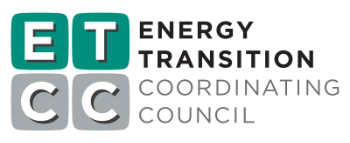Project Info
COMPLETE
 Project Title
Project Title
 Project Title
Project Title
Flick Power Study
Project Number DR23.02 Organization SCE End-use Plug Loads and Appliances Sector Residential Project Year(s) 2022 - 2025Description
Flick Power is interested in a pilot to test the effectiveness of its communicating light switch technology that displays signals to residential consumers about the price of electricity. While customers may have been transitioned to TOU rates, many do not know the hours that electricity is most expensive. Colored light signals have been proven to change behavior but in-home display devices that sit on a counter have typically been set aside after a couple of months. The utility and customers ’rates are programmed into the device. The device sends signals in the form of colored lights to show the price of electricity: green (lowest price), orange (moderate), and red (most expensive). It serves as a reminder that rates are high and nudges the customer to shift usage if they can hold off. Flick Power seeks to understand the effects of their device on consumer behavior, such as load shifting and curtailment. It is hypothesized that the device will facilitate consumers thinking more about energy use, especially when they use, that they better understand when the peak hours are and try to avoid them those hours and take more actions to reduce and shift. This project will utilize 216 devices previously installed by Flick, and examine usage and user attitudes across the 560 units of the Vista del Campo Norte community in Irvine, CA.
Project Report Document
Loading PDF Preview...
